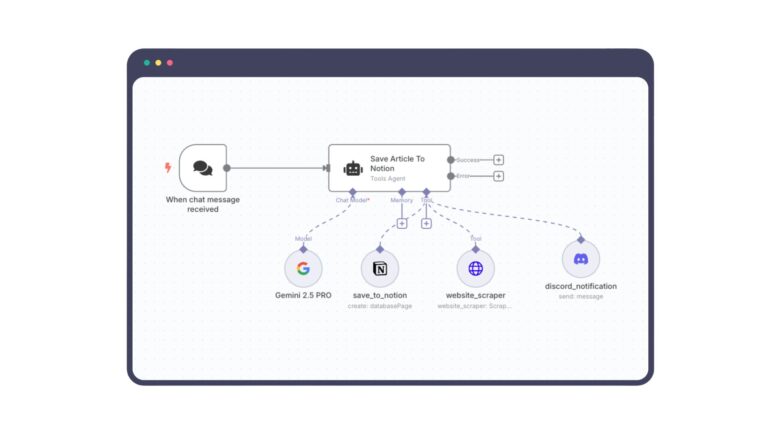Imagine this: Your app is gaining traction, customer data is flowing in, your team is growing remotely… and then someone clicks the wrong link. Just like that, you’re in crisis mode. You start wondering didn’t we have firewalls and antivirus? Why did this still happen?
Welcome to the uncomfortable realisation that traditional perimeter security doesn’t cut it anymore. You’re not alone. Many founders and SMB leaders believe cybersecurity is something to worry about later, after product-market fit or funding. But here’s the twist: Cybercriminals love startups, they’re fast-moving, under-defended, and often handling valuable data (customer PII, IP, fintech flows).
Enter Zero Trust, a buzzword, yes, but also a game-changing shift in how security works. And it’s not just for Google or Microsoft anymore. Startups and SMBs can and must build towards it, That’s why Zero Trust matters from Day 1.
What is Zero Trust and Why Does It Matter for Startups?
Traditional security assumed a “trusted internal network” protected by a firewall, once inside, users and devices had broad access. But today? Your apps live in the cloud, your team is remote and your infrastructure is dynamic. The perimeter is gone.
You may think: “We’re too small to be a target.”
In reality, 43% of cyberattacks target small businesses. What’s more, attackers know SMBs often lack the layered defenses of large enterprises. You’re low-hanging fruit and they know it.
Zero Trust flips the traditional model. Instead of “trust by default” (e.g., if you’re inside the network, you’re trusted), it says:
“Never trust, always verify.”
Access is granted only after confirming identity, device posture, location, behavior, and more regardless of network location. Every access request whether from an employee in a coffee shop or a script running in your CI/CD pipeline is scrutinised based on context. Sounds heavy? Let’s break it down.
What Does Zero Trust Actually Mean?
Zero Trust isn’t a single product or a one-time purchase. It’s a philosophy, a security model, and a journey. And it usually involves:
- Identity Verification – Is the user who they say they are?
- Device Trustworthiness – Is the device healthy, updated, not jailbroken?
- Least Privilege Access – Does the user absolutely need access to this resource?
- Segmentation – Is the blast radius of a breach minimised?
- Continuous Monitoring – Is behavior consistent with the user’s role?
You don’t have to implement all five pillars at once. In fact, trying to do so can backfire.
Common Challenges SMBs Face
Let’s talk reality, you’re juggling a million priorities and security often feels like a “later” problem but avoiding it can cost more. Here’s where most SMBs stumble and how to sidestep each trap:
1. Budget Limitations
A 25-person SaaS startup is already stretching to pay for endpoint protection, let alone identity brokers or microsegmentation. Start small, Implement MFA (Multi-Factor Authentication) and enforce strong passwords.
2. Lack of IT/Security Staff
A startup has one IT generalist managing email, laptops, and cloud resources, security is one of 20 things on their plate. Outsource to a Virtual CISO or MSSP to help architect the strategy. Use managed platforms like Okta or Microsoft Entra that come with security baked in.
3. SaaS and Shadow IT Sprawl
Teams adopt tools ad hoc Slack, Notion, Jira, Dropbox and no one knows who has access to what. Implement a centralised identity provider (IdP) and mandate SSO for all apps and periodically audit accounts.
4. Fear of Breaking Things
A team is scared that restricting permissions will disrupt productivity, especially in engineering or DevOps. Pilot least privilege on low-risk systems first. Gradually tighten access, use behavior analytics to alert on anomalies instead of blocking upfront.
Building Your Zero Trust Roadmap (Without Burning Out)
Let’s be honest Zero Trust isn’t a switch you flip, It’s a crawl-walk-run process. Here’s a lightweight, phased plan tailored for SMBs:
Phase 1: Crawl
- Implement MFA across all user accounts
- Inventory assets (devices, apps, users)
- Enable logging on cloud apps (Google Workspace, M365, AWS, etc.)
- Start with least privilege for admin accounts
Phase 2: Walk
- Centralize identity using an IdP (e.g., Okta, Entra ID)
- Enable SSO for all business-critical SaaS tools
- Segment network (separate dev/test from prod, user from admin)
- Begin monitoring with a lightweight SIEM
Phase 3: Run
- Automate access provisioning/de-provisioning
- Enforce device trust (compliant devices only)
- Add conditional access policies based on risk
- Roll out Zero Trust Network Access (ZTNA) to replace VPNs
What Matters More Than Speed? Consistency.
You don’t need to be perfect, you just need to be intentional and iterative. Make Zero Trust a living part of your IT planning and review it quarterly. Use checklists, maturity models (like CISA’s ZTMM), and ask:
- What’s the riskiest trust assumption we’re still making?
- What new access paths have emerged in the last sprint?
- What happens if this account is compromised?
Final Thought: It’s a Journey, Not a Badge
Zero Trust isn’t a certificate you hang on your office wall. It’s a mindset. And when adopted progressively, even lean teams can dramatically improve their security posture without blowing the budget or slowing down innovation.
So here’s the real question: If someone tried to breach your startup tomorrow, would they walk right in or hit a wall of Zero Trust?
Ready to Find Out Where You Stand?
Before you plan your next move, take a step back and evaluate where your organization currently sits in the Zero Trust journey. We’ve created a simple, interactive Zero Trust Maturity Model Assessment based on the CISA ZTMM Framework tailored for startups and SMBs. Use it to diagnose your maturity level across Identity, Devices, Data, Network, Applications, Analytics, and Automation.







